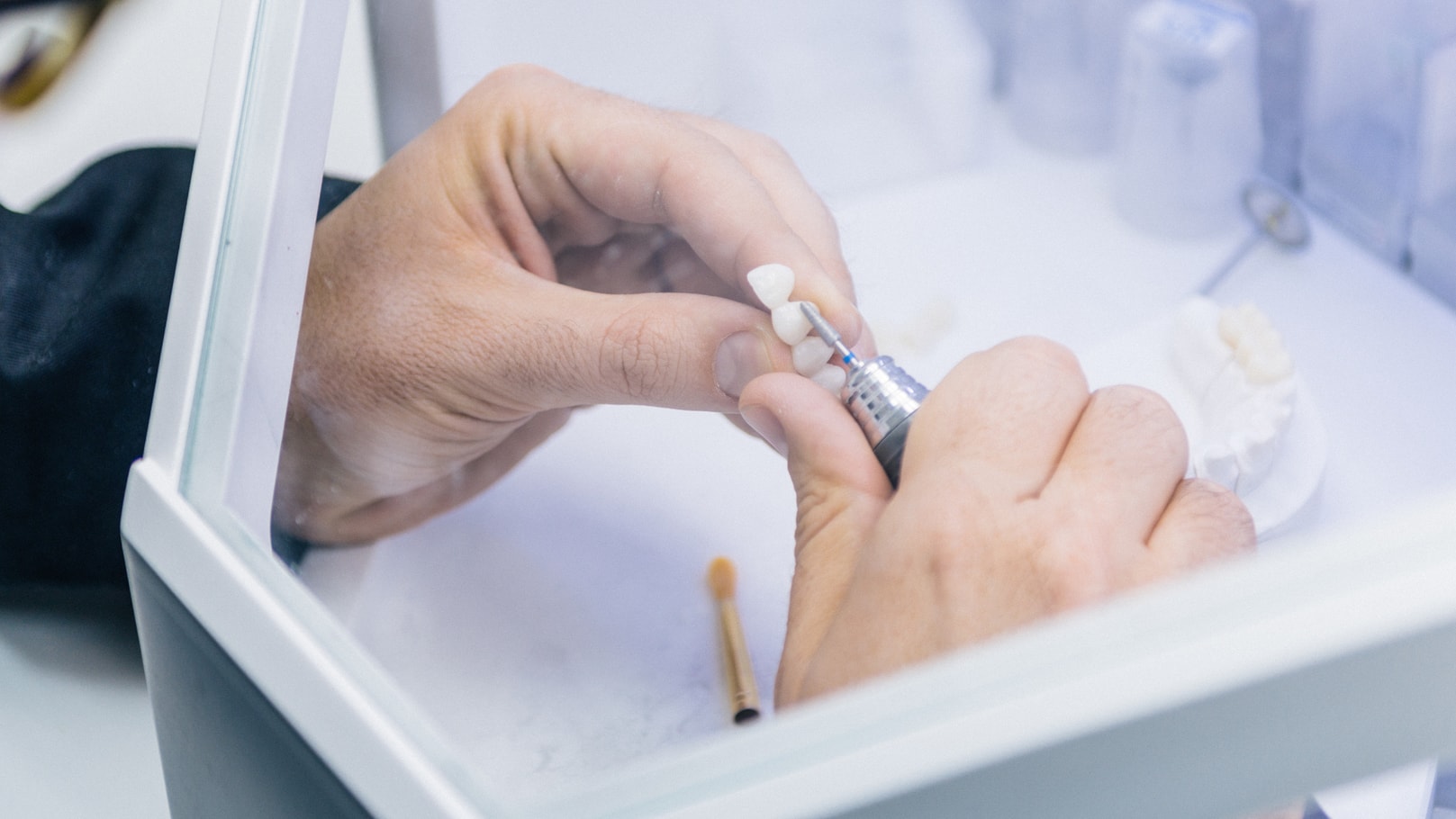
A dental bridge uses a fixed prosthetic device to address missing teeth. The device is called a dental bridge because it bridges a gap between one or more missing teeth. The process uses the adjacent teeth to support the bridge/artificial teeth located in-between the natural teeth. The artificial teeth are known as pontics. Bridges are made of different types of materials and they match the shape, size, color and texture of the natural teeth. Reestablishing missing teeth can benefit a patient’s oral health and restore functionality such as chewing and speaking properly. A dental bridge can also help to improve a patient’s smile and build confidence where it may have been lost.
A GOOD CANDIDATE for a dental bridge includes:
The following patients are NOT GOOD CANDIDATES for a dental bridge:
A traditional dental bridge is placed in the dentist’s office and is considered a multi-step process. This means the patient needs more than one office visit. A local anesthetic will be injected into the gum tissue of the adjacent healthy teeth surrounding the gap. The dentist will reshape the supporting teeth, referred to as abutments, by filing them down to make room for the crowns or filling them. During the preparation, the abutments are reshaped to look similar to a thimble. The dentist will make an impression of the mouth which will be sent to a laboratory. The lab will create a customized bridge that fits the patient’s mouth but this can take several weeks.
In the meantime, the dentist will place a temporary bridge, secured by a special cement, to fill the space and protect the newly formed abutments. When the permanent bridge arrives at the dentist’s office, the patient will be fitted for the bridge. The dentist will test the bridge for bite alignment and make any necessary adjustments. Then the dentist will secure the crowns to the abutment with cement. The crowns will fit tightly and the pontic or pontics will fill in the gap.
Alternative types of bridges include:
The cost of a dental bridge depends on the type of bridge, the type of material used to create the bridge and the number of pontics needed. A dental bridge can range from $500 to $1200 per tooth and/or pontic. The complexity of the placement of the bridge will also affect the cost. However, replacing a missing tooth or teeth is not just a cosmetic issue. It is also a functional issue. This means insurance companies may cover a portion of the cost for a dental bridge. Patients are encouraged to contact their insurance company, prior to any dental procedure, to determine what costs may be covered.
RECOVERY and DOWNTIME after having a bridge placed is very minor. The anesthetic can cause the lips, tongue and gums to feel numb for several hours after the treatment. After that, the patient may feel some discomfort in the gum area where the bridge is cemented to the tooth. However, this usually subsides within a few days and over-the-counter pain medications can be used for discomfort. The abutment teeth may feel sensitive for the first few weeks to months. However, this can be managed by using anti-sensitivity toothpastes and avoiding extremely hot or cold foods and beverages. It can take some time to get used to the new bridge when eating. Therefore, patients should consume softer foods at first and avoid hard or chewy foods.
The results can be immediately noticed after the second office visit when the dentist cements the crown to the abutment teeth. Patients will be able to appreciate the realistic pontic which now conceals the gap from the missing tooth or teeth. The effects of these restorations will improve bite balance, speech difficulties and dietary needs due to the ability to chew properly. The pontic is made out of a porcelain shell which will match the patient’s natural tooth color. It can eventually erode which results in a slightly gray tint. Full porcelain restorations can be expensive but the results are the most aesthetically pleasing. When properly placed and cared for, dental bridges can last 10 to 15 years or more. Patients should not use their teeth to open packages, bite their nails or chew ice or hard foods. Otherwise, they could break or chip their restoration. To maintain long lasting results, patients will need to brush their teeth twice a day and floss daily. Furthermore, patients should maintain regular dental visits to assess the teeth and check for cavities that can occur around the crown and weaken the bridge.
The limitations involved with a dental bridge include:
The risks associated with dental bridges include:
A dental bridge can restore functionality of a missing tooth, or multiple teeth, and improve a patient’s smile. However, the success of a dental bridge depends on a number of factors such as the dentist’s skills and the follow-up oral care from the patient. The porcelain used to make a bridge is very strong but it can chip or fracture if improperly used. Bad habits and poor oral hygiene can void a successful dental bridge by weakening the porcelain or the abutment teeth. Proper oral care helps maintain beautiful teeth and maintains the dental bridge for many years.
Written by Cosmetic Town Editorial Team- MA
Based on an exclusive interview with Kevin Brown, DDS in Bellevue, WA